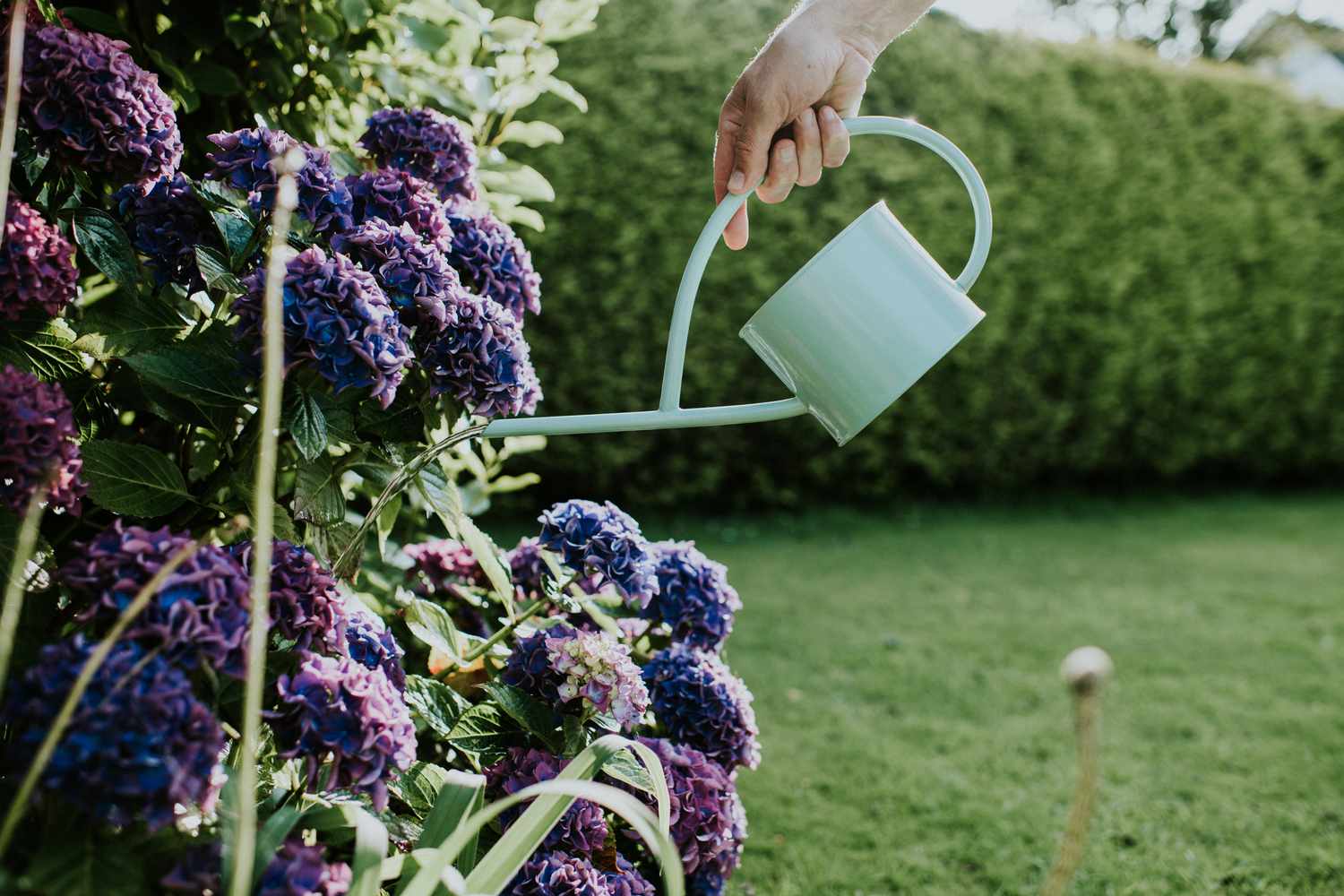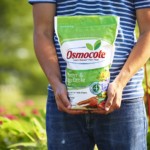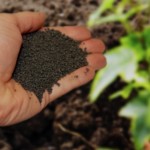Hydrangeas are beautiful and vibrant flowering shrubs that can bring life to any garden. To ensure they bloom their best, it’s essential to fertilize them at the right time. In this guide, we’ll explore the optimal timing and methods for fertilizing hydrangeas, ensuring they thrive and flourish.
Understanding the Types of Hydrangeas
Before we dive into the specifics of fertilization, let’s begin by understanding the two main types of hydrangeas:
1. Bigleaf Hydrangeas (Hydrangea macrophylla)
Bigleaf hydrangeas are known for their large, globe-shaped blooms. They come in two main varieties: mophead and lacecap. These hydrangeas are prized for their striking appearance and are a favorite among gardeners.
2. Smooth Hydrangeas (Hydrangea arborescens)
Smooth hydrangeas produce clusters of white, round flowers and are renowned for their resilience. These hydrangeas can thrive in various conditions and are a popular choice for low-maintenance gardens.
When to Feed Your Hydrangeas
Now that we’ve identified the main hydrangea types let’s move on to the critical aspect of fertilization. Timing is crucial for ensuring your hydrangeas receive the necessary nutrients to thrive and produce beautiful blooms.
1. Spring Awakening (Early Spring)
The ideal time to start thinking about fertilizing your hydrangeas is early spring. Look for the first signs of new growth, typically when the buds begin to swell but have not yet opened. This is the signal to provide your hydrangeas with their first dose of fertilizer.
2. Repeat Performance (Late Spring to Early Summer)
Don’t limit your hydrangeas to just one feeding. To support their continuous growth and blooming, provide a second round of fertilizer in late spring to early summer, typically around mid-June.
3. Skip the Late Show (Late Summer to Fall)
It’s crucial to avoid fertilizing your hydrangeas in late summer and fall. During this period, your hydrangeas should be preparing for dormancy. Fertilizing at this stage can stimulate new growth that won’t have time to harden off before winter, potentially causing damage.
Choosing the Right Fertilizer
Now that we’ve established the importance of timing let’s focus on selecting the appropriate fertilizer for your hydrangeas. Choosing the right fertilizer is just as crucial as knowing when to apply it.
1. Look for Balanced Fertilizer
When shopping for fertilizer, opt for a balanced formula designed for flowering shrubs. Balanced fertilizers typically contain equal amounts of nitrogen (N), phosphorus (P), and potassium (K), represented as N-P-K on the label. For hydrangeas, a balanced N-P-K ratio of 10-10-10 or 10-30-10 is suitable.
Proper Fertilizer Application Techniques
Now that you have the right fertilizer, it’s essential to apply it correctly to maximize its effectiveness and minimize potential harm to your hydrangeas.
a. Measure
Begin by carefully measuring the fertilizer according to the instructions provided on the package. It’s crucial to use the recommended dosage, as excess fertilizer can harm your plants.
b. Spread It Out
Evenly sprinkle the fertilizer around the base of your hydrangea plant, taking care to keep it away from the stem. This helps prevent any burning of the plant.
c. Water In
After applying the fertilizer, water your hydrangeas thoroughly. This step helps activate the nutrients and ensures they reach the root system effectively.
d. Mulch Matters
Consider adding a layer of mulch around your hydrangeas. Mulch helps retain moisture, regulates soil temperature, and keeps the area around your plants looking neat and tidy.
e. Keep It Clean
Lastly, be sure to clean up any spilled fertilizer promptly to prevent it from reaching unintended areas or harming other plants in your garden.
Common Questions About Hydrangea Fertilization
Now that we’ve covered the basics, let’s address some common questions that gardeners often have about fertilizing hydrangeas.
1. Can I Use Organic Fertilizers?
Absolutely! Organic fertilizers such as compost or well-rotted manure are excellent choices. They release nutrients slowly and improve soil health. Just make sure to follow the same timing guidelines mentioned earlier.
2. Can Fertilizer Change Hydrangea Colors?
Yes, fertilizer can influence the color of some hydrangea varieties. For instance, adding aluminum sulfate to the soil can turn pink hydrangeas blue. To promote pink blooms, use a fertilizer with a higher phosphorus content (the middle number in the N-P-K ratio).
3. What About Potted Hydrangeas?
If you have hydrangeas in pots, they might need more frequent fertilization, as nutrients can leach out of containers quickly. Consider using a slow-release fertilizer or diluted liquid fertilizer every 4-6 weeks during the growing season.
Conclusion
Fertilizing your hydrangeas is a straightforward but essential aspect of their care. Just remember the right times, choose balanced fertilizer, and apply it carefully. Different hydrangeas may have slightly different needs, so pay attention to yours. With some care, your hydrangeas will reward you with a beautiful display of blossoms year after year. Happy gardening!






